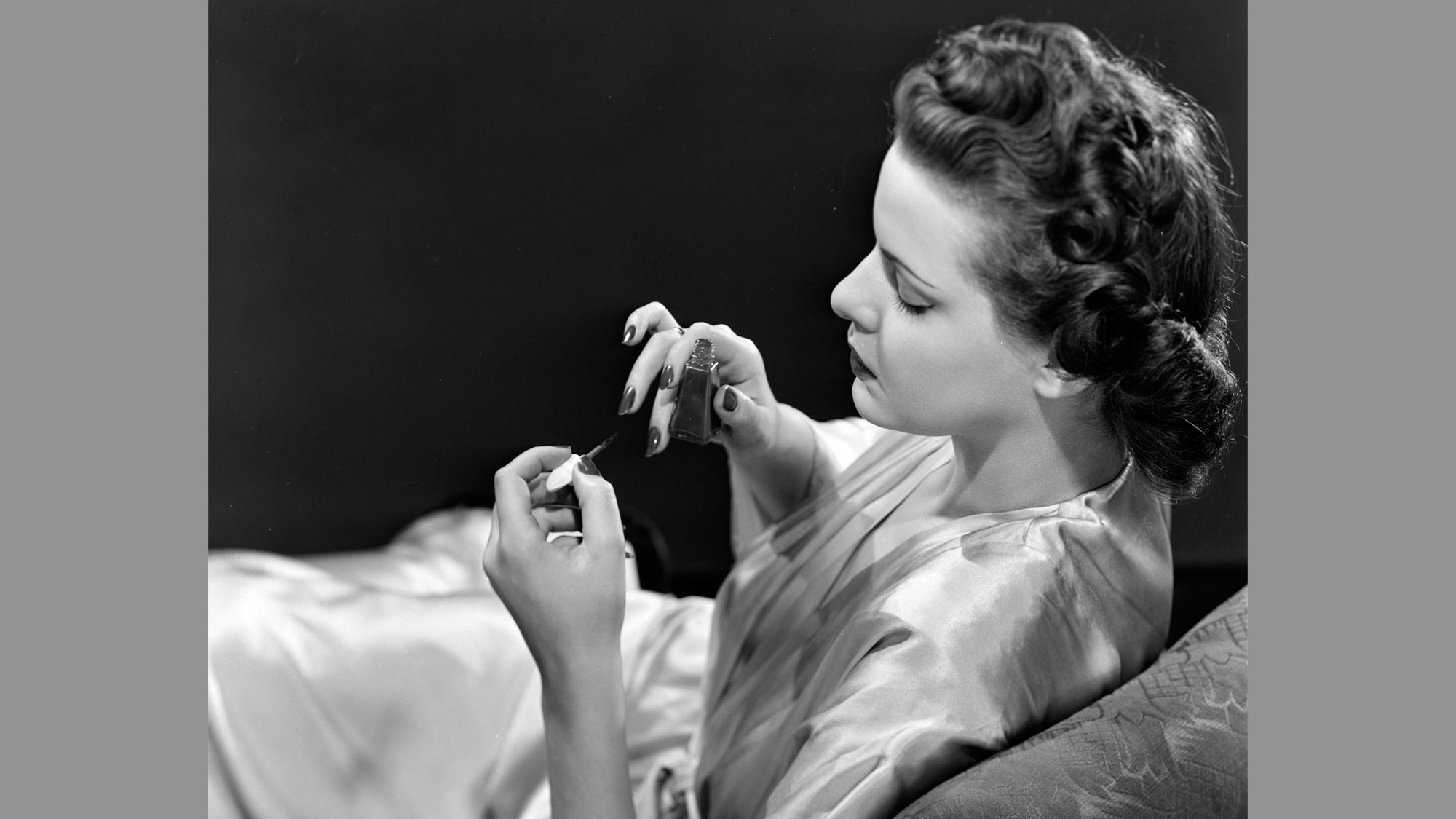Table Of Content

Also, it is important to determine the volume of internal bracing andestimate the volume of the drivers protruding into the cabinet. When all issaid and done, add an additional 10% to the calculated required internalcabinet volume. Once the internal volumeis determined, it is pretty simple to determine the required cabinetdimensions. Standing waves are greatlyreduced when cabinet internal dimensions are not the same or multiples of thesame distance apart. If you are brave, non-parallel walls should yield evenbetter results.
Polk, Definitive Technology First Speakers to Qualify IMAX Enhanced Certification
The response exhibits a natural decline from approximately 4kHz; with a distinct peak at 3.5kHz. This peak aligns itself within the midrange vocal region, which coincides with the area of greatest sensitivity for the human ear. Naturally, we aim to mitigate the prominence of this peak in the final outcome. If the 8NDL51 and Tweeter were to sum constructively at this frequency, the overall sound could be a little harsh. Consequently, our strategy involves selecting a low-pass filter slope that effectively attenuates the 3.5kHz peak. You have come to a website with a wealth ofuseful and practical information about loudspeaker design, electro-acoustic systemdesign and about perception of sound from loudspeakers in normal rooms.

Are HRTF’s Necessary in Dolby Atmos Elevation Speakers?
We discuss the audibility of distortion in bass and ways bass reproduction in audio systems can fall short of of a listeners expectations. After a few good books and abit of forum surfing, I decided to jump into a much simpler 2-waymid-tweeter-mid design using pretty inexpensive drivers. This small project taught me a few lessons Ihope you will not have to learn the hard way.
Tweeters
At this point, it’s pretty common to start playing around with a bit of trial and error to find the right filter that works for getting the woofer’s sound just right. Normally, I kick things off by tinkering with various filter frequencies, gradually going lower until peaks are sufficiently suppressed, and also experimenting with either Butterworth or Linkwitz-Rileyalignemtn . If the objective is to stabilize the impedance load of the woofer, there are potential solutions available. However, these solutions can become intricate and potentially costly. Delving into the intricate details of crafting the ideal crossover leads us to the realm of Zobel Networks. While we occasionally employ Zobel networks, our focus primarily centers on crafting uncomplicated crossover designs that remain cost-effective to produce.
Before designing acrossover, the cabinet must be fully assembled including ports anddrivers. I typically run a separatespeaker wire from each driver out of the port and label each wire. For sealed loudspeakers, connect the wooferto the binding post as this is the first driver measured in the cabinet. Using SoundEasy, each driver is measured inthe cabinet to obtain frequency response and electrical impedance.
Finite Element Analysis (FEA) is a powerful tool widely used in engineering to evaluate the structural integrity, heat transfer capabilities, fluid dynamics, and other physical aspects of... Room acoustics, furniture position and speaker isolation were also important. This helps prevent unwanted resonances and vibrations that can distort sound. Plus, the shape and material affect sound wave dispersion, for precise imaging and staging.
Enclosures
The polarizing voltage applied to the diaphragm may be as high as 10,000 volts (10kV). In addition, the audio signal is stepped up from several tens of volts to several thousand volts by a step-up transformer inside the electrostatic loudspeaker. These high voltages are necessary to produce the electrostatic fields around the diaphragm and stators. Low-profile, ribbon-based loudspeakers with the ribbon top at the same height as the listener’s ears will have a radically different treble balance if the listener moves up or down a few inches. That’s because ribbon loudspeakers have very narrow vertical dispersion, meaning they radiate very little sound above and below the ribbon at high frequencies. If you sit too high or listen while standing, you’ll hear less treble.

Study Shows No Correlation Between Price and Sound Quality in Headphones
Each amplifier will only be used to run speakers within a specific frequency band, as per the diagram below. By splitting the signal BEFORE the amplifier, you then need a separate amplifier for each frequency band. In the case of a two-way system you will need two amplifiers, for a three-way system you will need three amplifiers. If you only intend to put one cabinet on the output of the amplifier, this wont present a problem, but if you use multiple cabinets you may find the overall impedance drops too low, which is undesirable.
It also shows the summed response in red (ignoring any phase response issues). The ‘crossover’ point works out to be around 3kHz – this is where the high pass and low pass have equal attenuation. Usually the crossover point is defined as the -3dB point of the high pass and low pass filters in a standard crossover. Electrostatic panels are of even lighter weight than planar- magnetic transducers.
Its normal to put speakers of the same impedance in parallel with each other, mismatching impedances isn’t a great idea unless you have a fairly advanced knowledge of speaker systems and are doing this for a specific purpose. If you plug several speakers into one amplifier, unless you have unusual cabling, this would be the standard way you would run several speakers off one amplifier. Whilst I knew I was heading down a dead end, for purposes of completing the test, I added a 3.3uF bypass capacitor on the attenuation resistors, to bring back the upper HF, this is shown in the green plot.
Theory Audio Design Debuts Weatherproof Loudspeaker & New Architectural Subwoofers - Audioholics
Theory Audio Design Debuts Weatherproof Loudspeaker & New Architectural Subwoofers.
Posted: Wed, 11 Oct 2023 07:00:00 GMT [source]
Forexample, crossing over most tweeters below 1.5kHz is a bad idea if it is meantto play program material at 110dB or has a resonant frequency above 750Hz. Crossing an 8 inch bass driver at 5kHz willresult in poor dispersion and transient response at higher frequencies. As a rule of thumb, the max frequency for agiven driver diameter can be equated by taking and dividing it by thedrivers effective diameter.
As an addendum to our review of the Dayton Audio CBT24 "Epique" loudspeakers, we have invited the CBT24 designer Don Keele to explain some of the unique aspects of the CBT design in more depth. Audioholics’ speaker reviews often contain detailed measurement graphs. In this article, we explain frequency response and the set of curves known as the 'Spin-O-Rama' to help you pick better product. DTS and IMAX are extending their IMAX Enhanced certification to loudspeakers so consumers will know which speakers will get them closer to that IMAX experience at home. Unfortunately, the tweeter used in this design did not measure close tothe data sheet at all and required pushing the crossover frequency up.
Arcing can destroy electrostatic panels by punching small holes in the membrane. Arcing is a greater problem in humid climates than in dry climates because moisture makes the air between the stators more electrically conductive. The voltages involved in an electrostatic loudspeaker are very high.





















